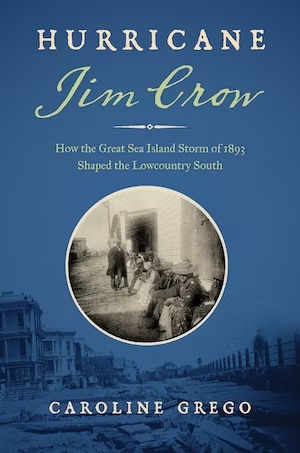African Americans in the Lowcountry watched two horizons in late August 1893. On one loomed the specter of white supremacy threatening to engulf the region, and on the other stirred wind and water that could scour the region of their crops and homes. Both forces were also cyclical: white supremacy mustered a backlash to every step forward, and hurricanes churned across the Atlantic every fall. These patterns of nature and politics intertwined in the Lowcountry for hundreds of years. Some ruptures had rearranged these relations. Emancipation and the subsequent reclamation of thousands of acres of land by people who were formerly enslaved had altered the social and political landscape. African Americans strove to cultivate lasting traditions that preserved their communities, protected their labor from exploitation, and strengthened bonds of kinship that could help them weather the coming storms.
Most residents could expect to experience a significant hurricane once each generation. A sweltering heat wave in 1752 preceded a mid-September hurricane with a storm surge that “came rolling in with great impetuosity,” per a later Weather Bureau report, flooding Charles Town in ten feet of water. The deadliest storms rarely incurred their toll within Charleston’s city limits, however. In 1804 a hurricane swept across the Caribbean and drowned hundreds, mostly enslaved rice workers in Georgia and South Carolina. In 1822 a hurricane brushed past Charleston at low tide and did little damage there but wrecked the Santee River delta rice lands and drowned dozens, if not hundreds, of enslaved laborers. Afterward enslaved workers built a handful of cylindrical “storm towers” rising above the rice marshes to weather future storms. A hurricane in 1854 closely followed the path of its 1804 predecessor, so memorably destructive that it was known as the Great Carolina Hurricane. And in the early months of 1893, many Lowcountry inhabitants likely expected that the hurricane of September 1874, which tore apart the Charleston Battery, or the gale of August 1885 might be the worst storms of the second half of the nineteenth century.
